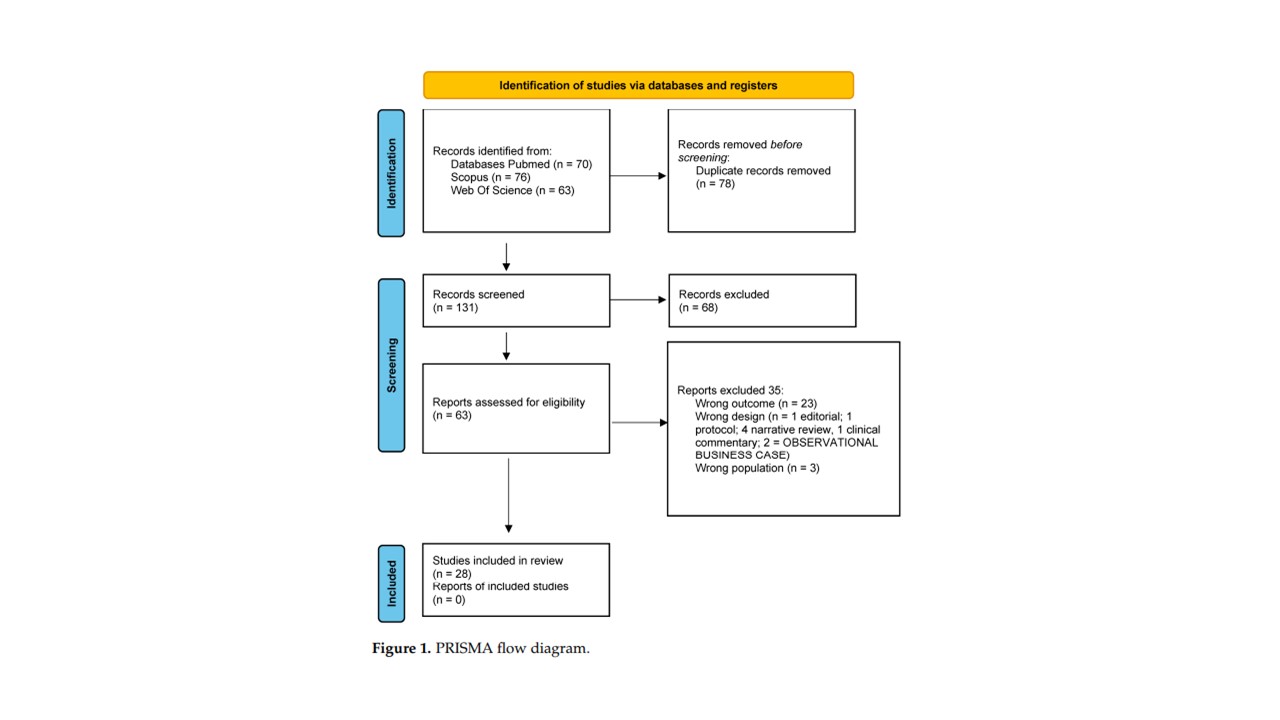Gallotti Marco (Catholic University of the Sacred Heart – Rome University, Rome, Italy)
Campagnola Benedetta (University Hospital Foundation Campus Bio-Medico – Rome University, Rome, Italy)
Cocchieri Antonello (Catholic University of the Sacred Heart – Rome University, Rome, Italy)
Firas Mourad (Department of Physiotherapy, LUNEX International University of Health, Exercise and Sports, 4671 Luxembourg, Luxembourg)
John Heick (Department of Physical Therapy, Northern Arizona University, P.O. Box 15105, Flagstaff, AZ 86011, USA)
Maselli Filippo (Department of Human Neurosciences, Sapienza – Rome University, Rome, Italy)
Direct access in physical therapy (DAPT), it is the possibility that the patient has to self-refer to physical therapy without a previous medical examination. This model of care in the musculoskeletal field has shown better outcomes than traditional ones (based on the medical model of care). Unfortunately, this model, in the public care setting of many countries is still not considered. The primary aim of the present review is to understand if the DAPT for the patient with musculoskeletal disorders is effective about: management, cost-effectiveness, work for the patient, safety, satisfaction, health outcome compared to the medical model. The secondary objective is to define, which is the figure appointed to carry out the DAPT.
This systematic review complied with the reporting guidelines of the 27-item checklist 2020 of the Prisma statement. The search string was launched on: Medline, Scopus and Web Of Science. The risk of bias assessment was carried out through the Version 2 of the Cochrane risk-of-bias tool (ROB-2) for randomized controlled trials and the Newcastle Ottawa Scale (NOS) for observational studies. The qualitative data were discussed through a narrative synthesis of the evidence while the quantitative data were merged through parametric statistical tools.
PROSPERO REGISTRATION NUMBER: CRD42022349261
A total of 28 articles analyzed. Results show DAPT is independent in the evaluation and management of the patient, with a high referral accuracy and in the rate of return to visit. The medical model seems to be more inclined to use imaging, drugs and refer the patient to other specialists. DAPT would be cheaper than the medical model and determines a greater reduction of cases and sick leaves. Most studies show superiority of patient satisfaction with DAPT over the medical model. All studies show the absence of adverse events and DAPT would also seem to have a shorter average waiting times than the medical model. Regarding health outcomes, there would be no evidence of superiority of one model over the other. Risk of bias assessment using ROB-2 shows an intermediate risk of bias risk for the Randomized Controlled Trials, while, for the observational studies the average score is equal to 6/9 points for the NOS scale.
DAPT is an independent, safe, and reliable triage and management model of care, superior from an economic and patient satisfaction point of view compared to the traditional medical care model. It is not possible to give a definitive conclusion on the type of figure most suitable for carrying out the DAPT. DAPT needs to be implemented within the public service playing a key role in reducing healthcare costs.

